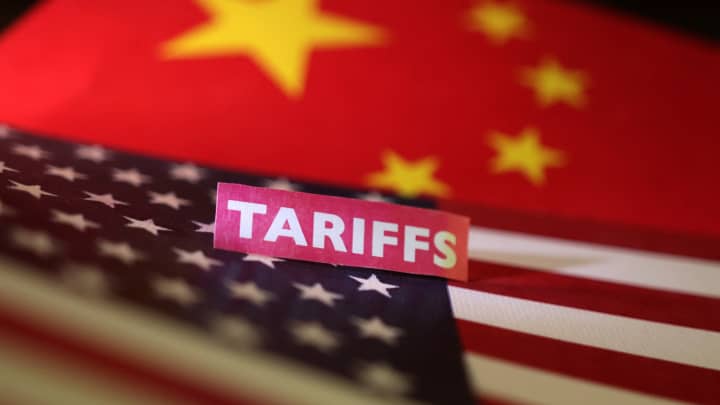China Opens Door to U.S. Trade Talks, Demands Tariff Rollback First

China has expressed cautious willingness to resume trade talks with the United States but insists that Washington must first withdraw its steep tariffs on Chinese goods — a condition Beijing says is non-negotiable.
The statement follows a renewed escalation in trade tensions, with the U.S. recently imposing tariffs as high as 145% on a broad range of Chinese imports. In retaliation, China slapped counter-duties of up to 125% on selected U.S. products, intensifying a standoff that has already strained global markets and disrupted supply chains.
Though former President Donald Trump claimed this week that China had reached out for discussions — describing a potential deal as having a “very good chance” — China’s Ministry of Commerce pushed back, stating that it was in fact Washington that initiated the overture.
“We are currently assessing the U.S. proposal,” the ministry said Friday. “But sincerity must be demonstrated. The U.S. must first correct its unilateral trade practices and rescind all additional tariffs.”
The ministry added a firm warning: “Saying one thing and doing another — or attempting to negotiate through coercion or blackmail — is not a path to progress.”
Negotiations Hinged on Concessions
Analysts aligned with Beijing’s position say that any talks without preconditions are off the table. Wu Xinbo, director of the Center for American Studies at Fudan University, stated that China would only engage once Washington takes “concrete steps” to demonstrate goodwill.
“The U.S. wants talks quickly, but our message is simple: Remove the tariffs first. Then we can negotiate on core issues like trade imbalance and technology restrictions,” Wu told AFP.
While some tech sectors — including smartphones and semiconductors — have been temporarily exempted from new U.S. tariffs, the Biden administration has moved to end longstanding exemptions on Chinese goods valued below $800, a decision that could impact American consumer prices.
Mounting Economic Pressure on Both Sides
Economic indicators reflect the cost of the ongoing trade war. China reported a contraction in manufacturing activity for April, citing weaker global demand, while the U.S. economy unexpectedly shrank in the first quarter, with analysts attributing part of the decline to disrupted import flows triggered by the tariff surge.
Despite mounting pressure for a resolution, analysts remain skeptical.
“Neither side wants to be seen as retreating,” said Ja-Ian Chong, political scientist at the National University of Singapore. “Even though both economies could benefit from easing tensions, political optics remain a significant obstacle.”
Some see China’s language as a potential opening. Stephen Innes of SPI Asset Management said the tone from Beijing suggests the “first olive branch” in months. However, he cautioned that core demands remain entrenched.
“Both sides are waving peace flags in public, but beneath the surface, the terrain is still full of landmines,” Innes noted. “China’s insistence on a pre-talk tariff rollback is still a non-starter for the White House.”
China’s Commerce Ministry reinforced its bottom line: “If it’s a fight, we’ll fight to the end. If it’s talks, our door is open. But this trade war began with the U.S., and only the U.S. can reverse its course.”
With a July deadline looming for dozens of countries to negotiate exemptions or face higher U.S. tariffs, the world is watching closely to see whether these early signals lead to a breakthrough — or a deeper impasse.





